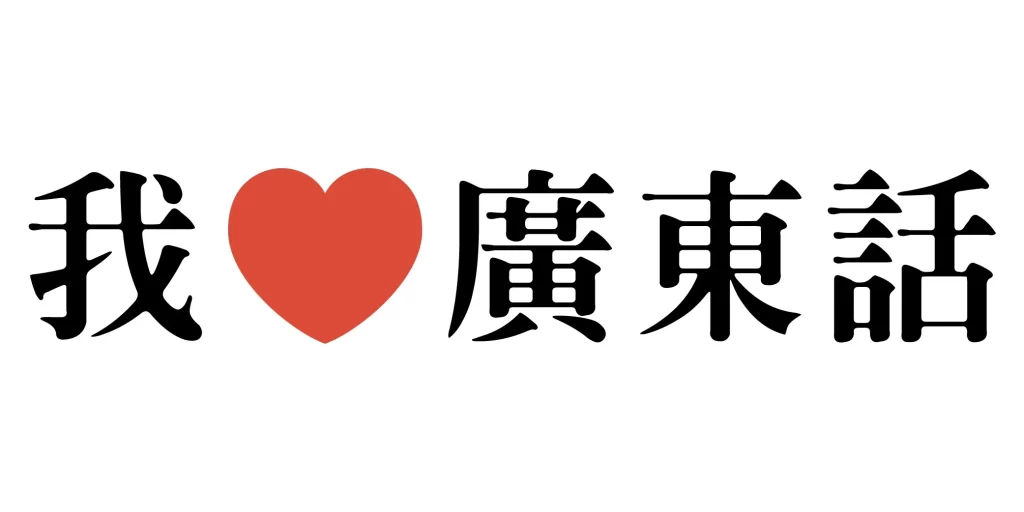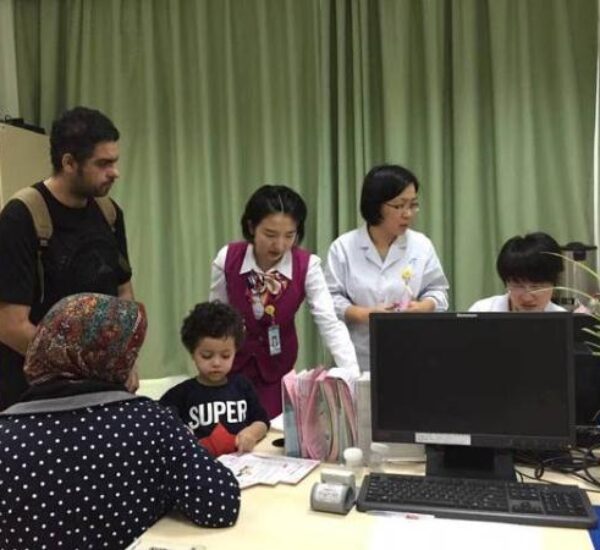Recently updated on February 21st, 2024 at 08:12 pm
About the Cantonese Language
Cantonese, or Standard Cantonese, is a variety of the Chinese language spoken around Canton (Guangzhou) and its vicinity in southeastern China. In mainland China, it is the lingua franca of the province of Guangdong and neighbouring areas such as Guangxi. It is also the dominant and official language of Hong Kong and Macau.
Cantonese is also widely spoken in Singapore, Vietnam, Southeast Asia, Cambodia, Thailand, Indonesia & Canada. With over 60 million native speakers, Cantonese transcription services are in high demand.
Frequently Asked Questions About the Cantonese Language
What is Cantonese?
Cantonese, also known as “粤语 yue yu” and “广东话 guang dong hua”, is a language within the Chinese branch of the Sino-Tibetan languages spoken throughout south-eastern China and in some neighboring countries.
How is Cantonese written?
Cantonese is usually written with traditional Chinese characters. However, it includes extra characters as well as characters with different meanings from written vernacular Chinese due to the presence of words that either do not exist in standard Chinese or correspond with spoken Cantonese.
Is Cantonese a tonal language?
Cantonese is a tonal language, and it has nine tones.
What is Cantonese transcription?
Cantonese transcription is the process of converting spoken Cantonese language from an audio or video file into written text.
Are there any notable dialects of Cantonese?
There are a number of dialects of Cantonese, including the standard Guangzhou dialect and the Hong Kong dialect, which have some notable differences in vocabulary and pronunciation.
What is the origin of the Cantonese language?
The Cantonese language was originated from Canton, the former English name of Guangzhou city, the capital of Guangdong province in Southern China.
How many speakers of Cantonese are there in the world?
According to Wikipedia, there are over 80 million native Cantonese speakers iin the world.
How is Cantonese grammar different from Mandarin grammar?
Cantonese grammar is similar to Mandarin grammar, but there are some notable differences. For example, Cantonese uses more particles to indicate grammatical relationships, and it has a more complex system of verb-object agreement.
How is Cantonese pronunciation different from Mandarin pronunciation?
Cantonese pronunciation is generally characterized by its use of retroflex consonants and glottalized stops, as well as its distinctive tone system.

Why Choose Cantonese Transcription Services from Chinese Copywriter?
With over 20 years of experience in the industry, we are committed to providing Chinese transcription service that is not only accurate and affordable but fast to meet business demands.
We always go above and beyond for clients, offering them the very best, so that they can meet their business goals through effective and accurate translation.
Native Cantonese Transcriptionists
Finding the right Chinese dialect transcription services provider can be a daunting task.
Our transcriptionists are all native speakers of Cantonese, with a minimum of 5 years’ experience within the industry. We never use machines to transcribe your files, ensuring you benefit from precise and detailed transcripts, and enabling you to communicate effectively.
Industry-Specific Cantonese Transcription Services
Chinese Copywriter provides Cantonese transcription services for the following type of material/content, but it’s not only limited to these materials/content:
- Audio and Video Transcriptions
- Book Transcription Services
- Continuity Transcription Services
- Sermon Transcriptions
- Focused Group Discussions
- Transcriptions of Dissertation & Thesis Interviews
- Medical Conferences
- Video and Audio Podcast Transcription Services
- Market Research Interviews
- Academic seminars, lectures, academic conferences, academic documentaries, etc.
- One-to-One Interviews & IDIs (In-depth interviews)
- Conferences, Web Based Meetings, Speeches & Over phone conferences, etc.
- Medical Transcription such as Interviews with doctors and patients
- Legal Transcription such as court hearings, confessions, depositions, etc.
- Face-to-Face Interviews and Telephonic Interviews
- Business Meetings, Seminars, Corporate Lectures & Corporate Training Sessions
Format of Audio Files We Work With
Our Cantonese transcription services can handle just about any input format including:
YouTube and Vimeo links, AAC, ACT, AIFC, AIFF, AMR, APE, AU, CAF, DCT, DVS, FLAC, OGG, M4A, MP2, MP3, UPC, MSV, QCP, RA/RM, SHN, SPX, VOC, VOX, WAV, WMA, 3G2, 3GP, ASF, AV1, DivX, DV, FLV, M4V, MKV, MOV, MP4, MPEG, WMV
Confidential Cantonese Transcription Services
Confidentiality is our prime concern and our rigorously trained Cantonese audio transcriptionists are legally bound by a confidentiality agreement to safeguard all information. However, we are open to signing additional confidentiality agreements such as a non-disclosure agreement when needed.
We have additional security protocols such as encrypted servers to store your data. Only the handful of people working on your files will have access to it.
💡Do you want to translate your Cantonese transcript into English or another language? We can handle that too! Just send along your audio file for a quote of our Cantonese transcription services.
Cantonese Transcription Services – Style Guide
- For true verbatim transcription, include words like uhs, ums, filler words, repeated words, stutters, false starts, etc.
- For intelligent verbatim transcription, exclude words like uhs, ums, filler words, repeated words, stutters, false starts, etc.
- Use speaker identifications if there are more than two speakers. Use the speakers’ names if they’re provided, otherwise use the following tokens to identify speakers: “Interviewer”, “Interviewee”, “Man 1”, “Man 2”, “Woman 1”, “Woman 2”, “Facilitator”, “Moderator”, “Male Speaker”, “Female Speaker”, etc.
- Use [inaudible hh:mm:ss] to indicate words or phrases that are too hard to hear.
- For words and phrases that you’re not sure about but you’re making a reasonable guess, [put them in square brackets].
- Use [place] and [name] to indicate places and names that might not be spelled correctly.
- Numbers one through ten should be spelled out. Numbers higher than ten should be typed as numerals, i.e., 11, 12, 13, etc.
- Use spelling and grammar check tools like Grammarly.
- Use short, readable paragraphs. Leave one space between sentences and one blank line between paragraphs.

Translation Manager
Eva has 6 years of experience working as a News Editor and 5 years as a freelance copywriter. She holds a bachelor’s degree in English from the Guangdong University of Foreign Studies and a master’s degree in applied Linguistics from the University of Melbourne.



